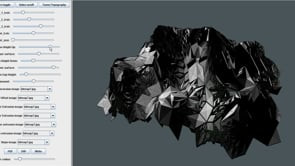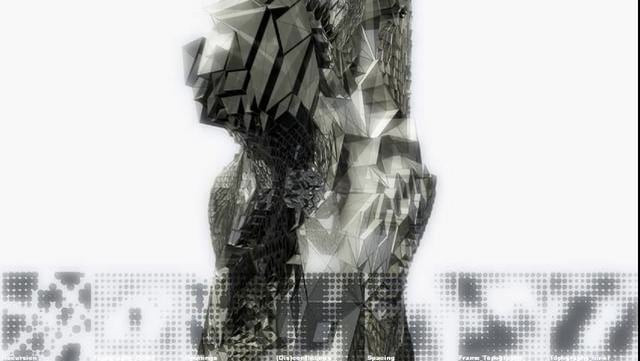
Porous Ascend
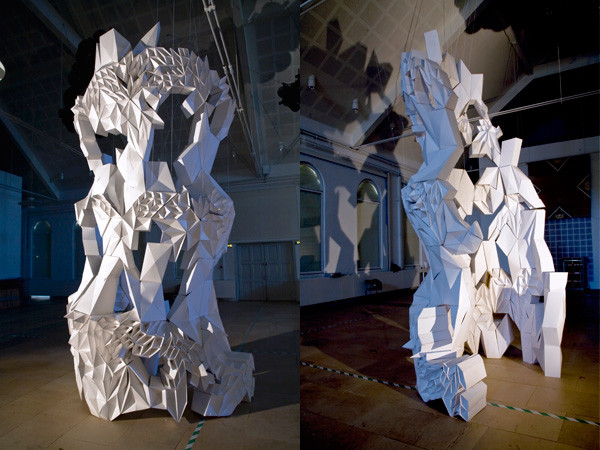
A research project by CITA (conducted as part of the PhD research by Jacob Riiber)
The Porous Ascend project investigates how algorithmic and generative approaches allows for the utilization of complex, and by other means inaccessible, ways of devising the schema by which we arrange the parts of an architectural object. It does so by pursuing to physically realize a structure of folded elements, based on the concept of applying recursion to the geometry of the non-periodic Penrose tiling. Within this process the project explores questions regarding the making of bespoke digital design tools, digital production, material behaviour and assemblage strategies.
The project points towards a novel approach to working with, and reproducing, complexity within collections of architectural components. With no predefined coordinization mapping the ever changing fractal pattern, building proceeds by a locally defined identification and pairing of elements. In this way the project demonstrates that we can build without reference to a global position, by solely referencing by means of relations between neighbouring parts. Assembly itself becomes algorithmic. This suggests a more locally adaptive and reactive organization of elements, offering both better interfacing capabilities with an outside and an efficient distribution of specific material behaviour.
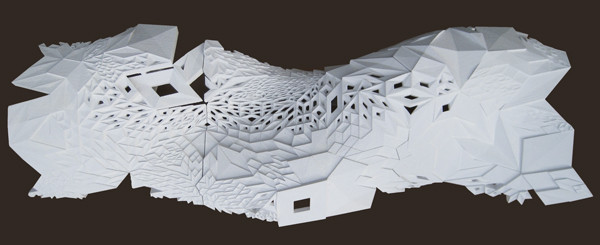
The final physical demonstrator was commissioned for a public event (Forskningens Døgn) showcasing research investigating digital modelling and production technology within architecture. This event took place at KADK on April 21st 2011.
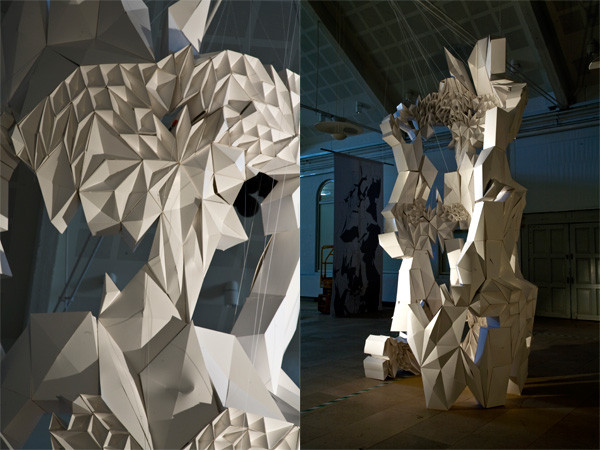
Support
Quantum Sails
Tutein & Koch












